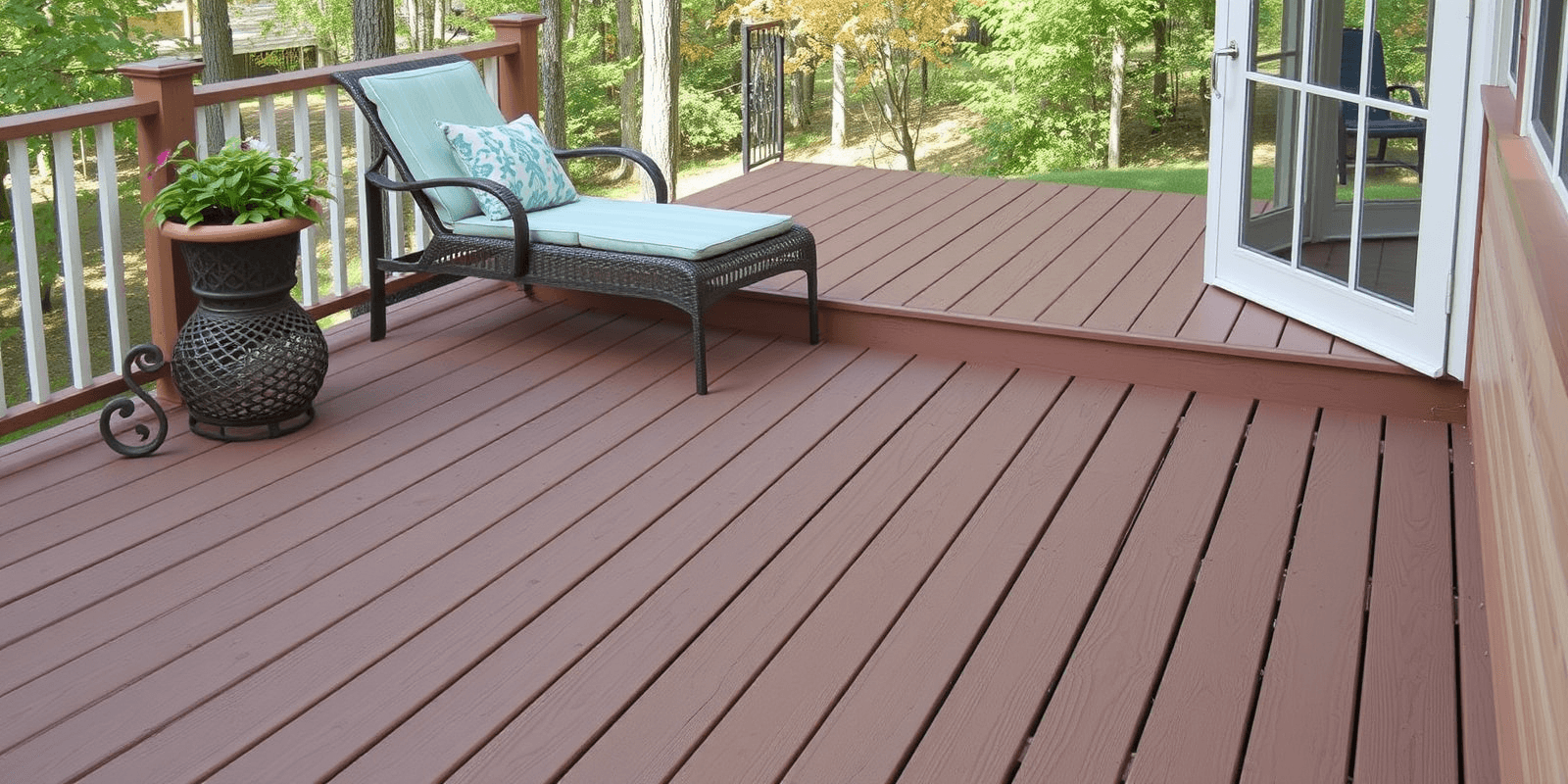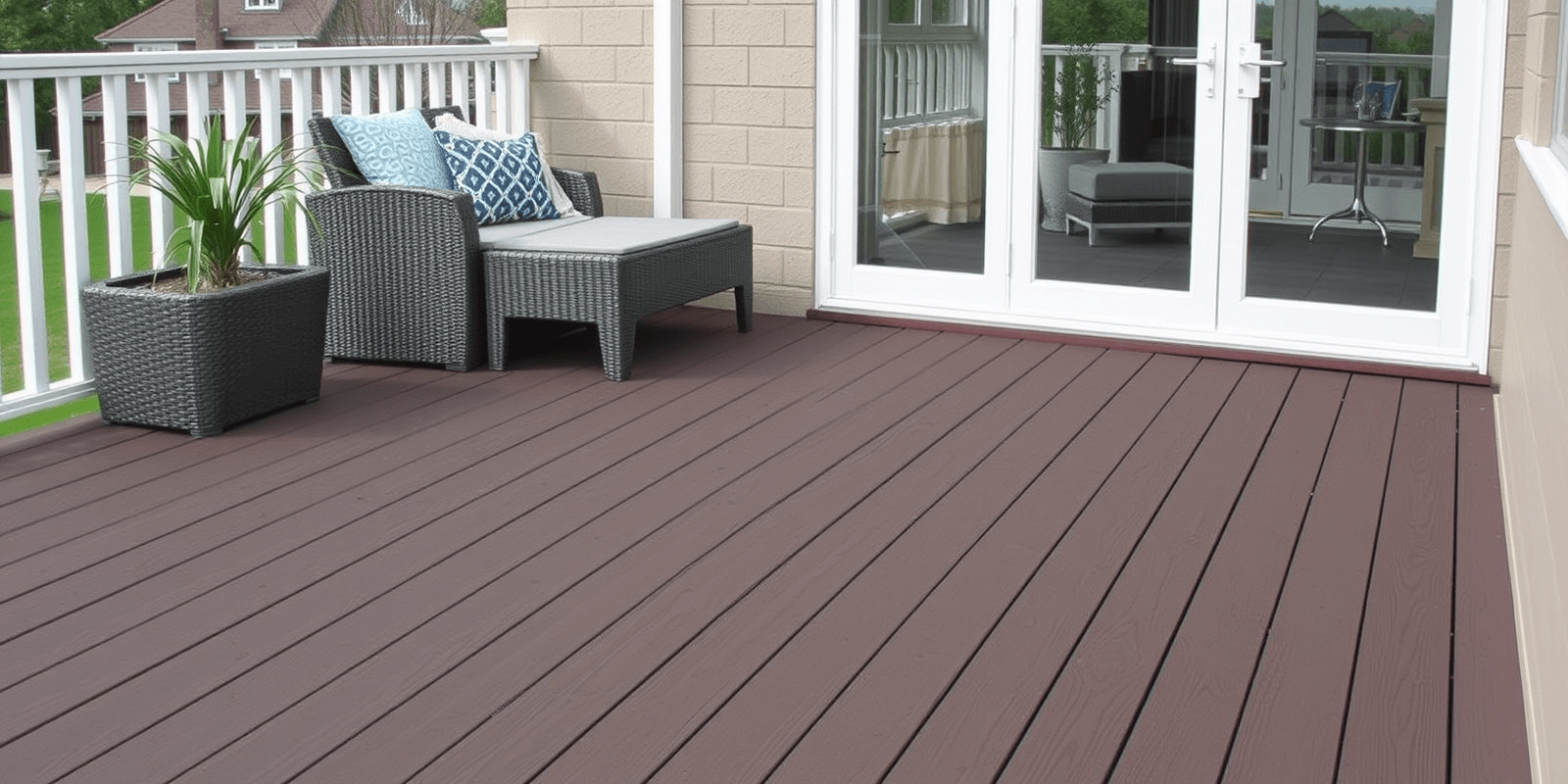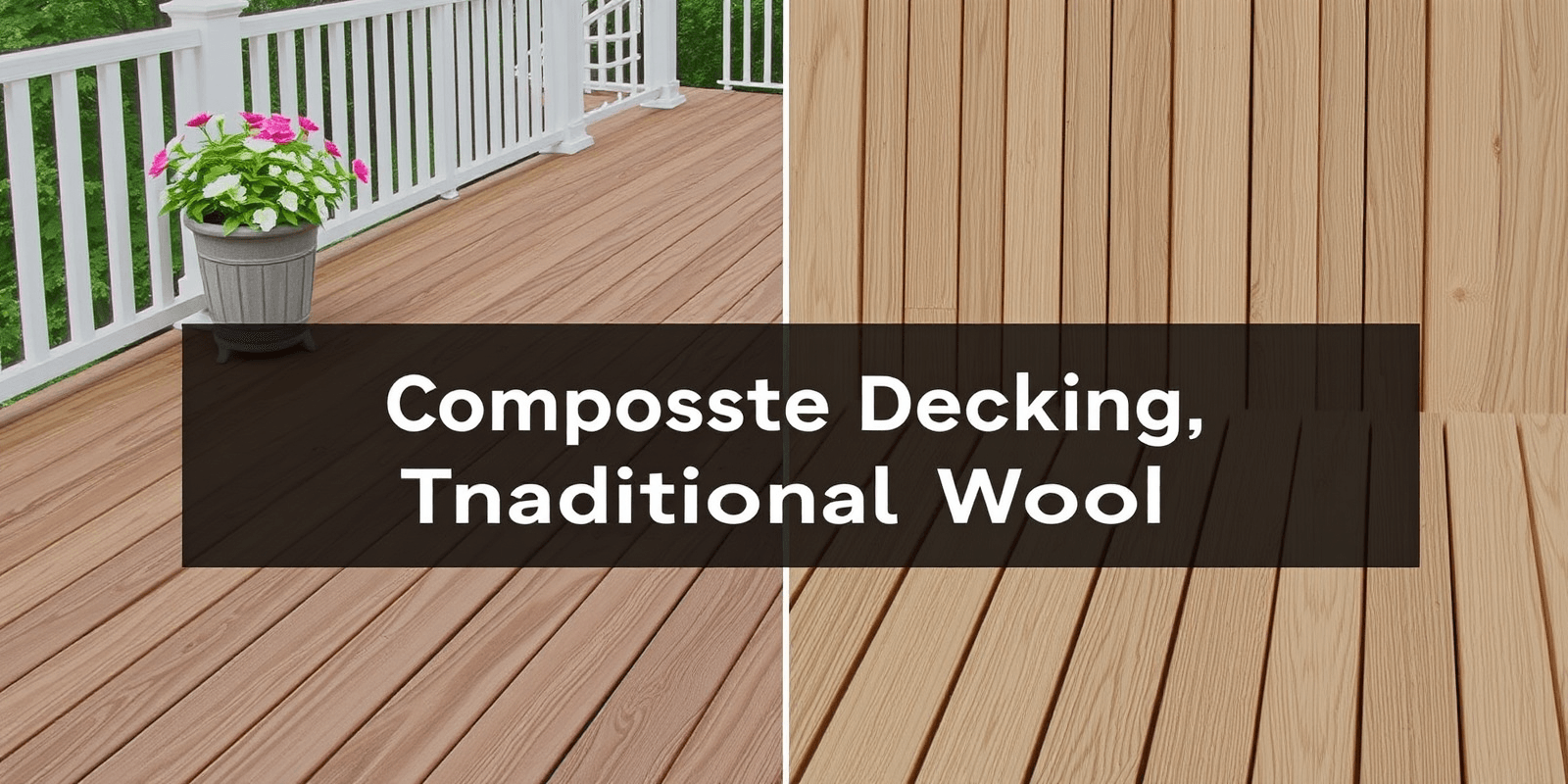“`html
Choosing the Best Composite Decking Material for Your Wood Deck
Introduction
Composite decking has become increasingly popular as a durable and low-maintenance alternative to traditional wood decks. With a wide range of materials available, choosing the right composite decking can be challenging. This guide aims to help you navigate through the options by discussing key factors such as durability, cost, maintenance requirements, and visual preferences.
Understanding Composite Decking Materials
Composite decking is made from a combination of wood fibers and plastic resins, which makes it resistant to moisture, insects, and rot. The two main types of composite decking materials are wood-plastic composites (WPC) and cellular PVC composites. Each type has its own set of advantages and disadvantages, making them suitable for different needs and budgets.
Wood-Plastic Composites (WPC)
Pros
- Cost-effective compared to other composite materials.
- Offers a natural wood appearance.
- Resistant to moisture, insects, and rot.
Cons
- Can fade over time if not properly maintained.
- May have a slightly rougher texture compared to cellular PVC.
Real-Life Example: Many homeowners choose WPC for their decks because of its affordability and natural look. For instance, Trex Transcend decking is a popular choice known for its vibrant colors and long-lasting performance.
Cellular PVC Composites
Pros
- Offers a smooth, consistent surface.
- Resistant to fading and stains.
- Maintains its color and shape over time.
Cons
- Higher cost compared to WPC.
- Less natural wood-like appearance.
Real-Life Example: Fiberon ProStructures is a top choice for those seeking a high-end, maintenance-free option. Its smooth finish and resistance to weathering make it ideal for coastal areas prone to saltwater exposure.
Key Considerations for Choosing Composite Decking
Cost
While WPC is generally more affordable, cellular PVC composites offer superior durability and require less maintenance, potentially offsetting initial costs over time.
Maintenance Requirements
Both types of composite decking require minimal maintenance, but cellular PVC tends to retain its appearance better with less effort. Regular cleaning and occasional resealing can keep your deck looking new.
Visual Preferences
Choose a material that aligns with your aesthetic goals. If a natural wood look is important, WPC may be preferable. For a sleek, modern appearance, cellular PVC could be the better choice.
Conclusion
Selecting the best composite decking material involves balancing cost, maintenance requirements, and visual preferences. By understanding the characteristics of WPC and cellular PVC composites, you can make an informed decision that ensures your deck remains beautiful and functional for years to come.
“`
This HTML document provides a comprehensive guide to choosing the best composite decking material for your wood deck. It covers the introduction, understanding composite decking materials, specific details about wood-plastic composites and cellular PVC composites, key considerations, and concludes with a summary. The document includes references to reputable sources for further reading.



